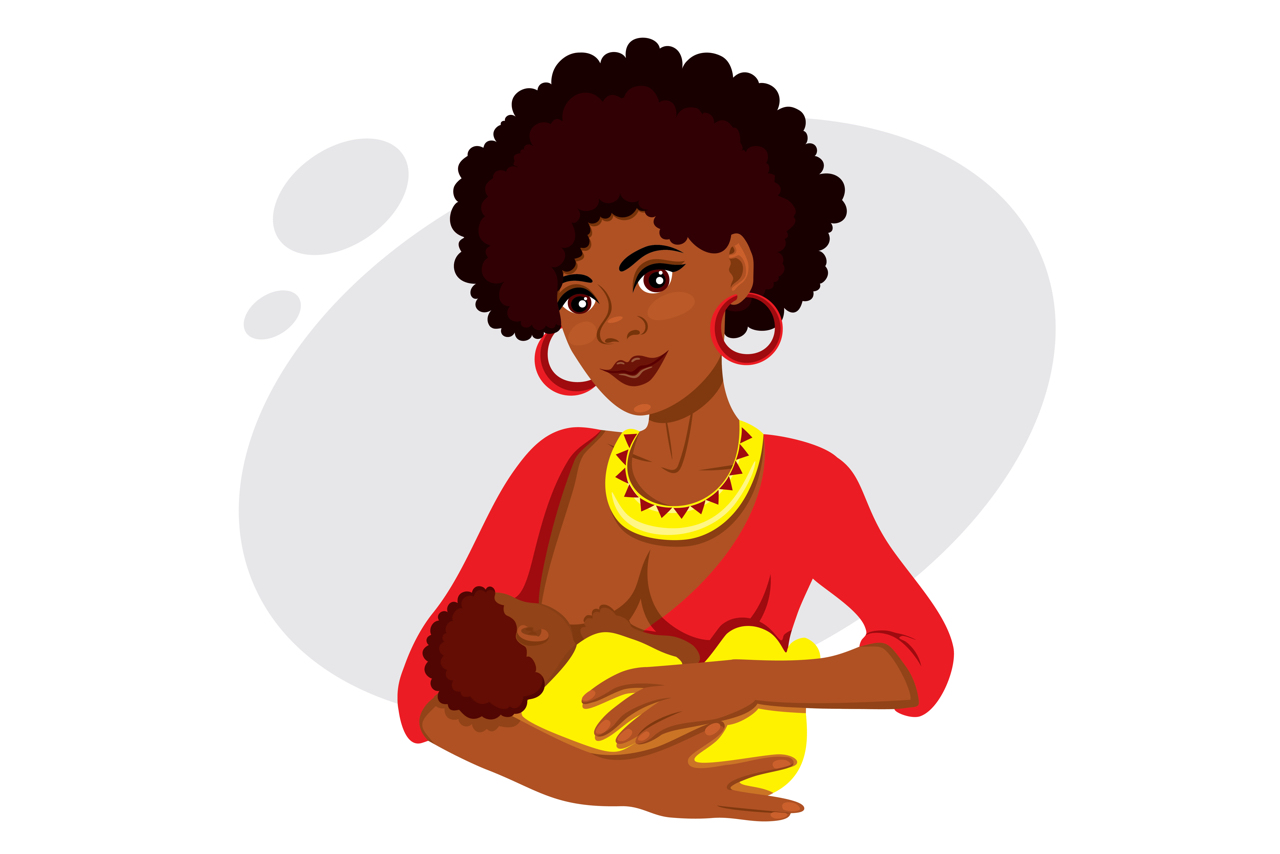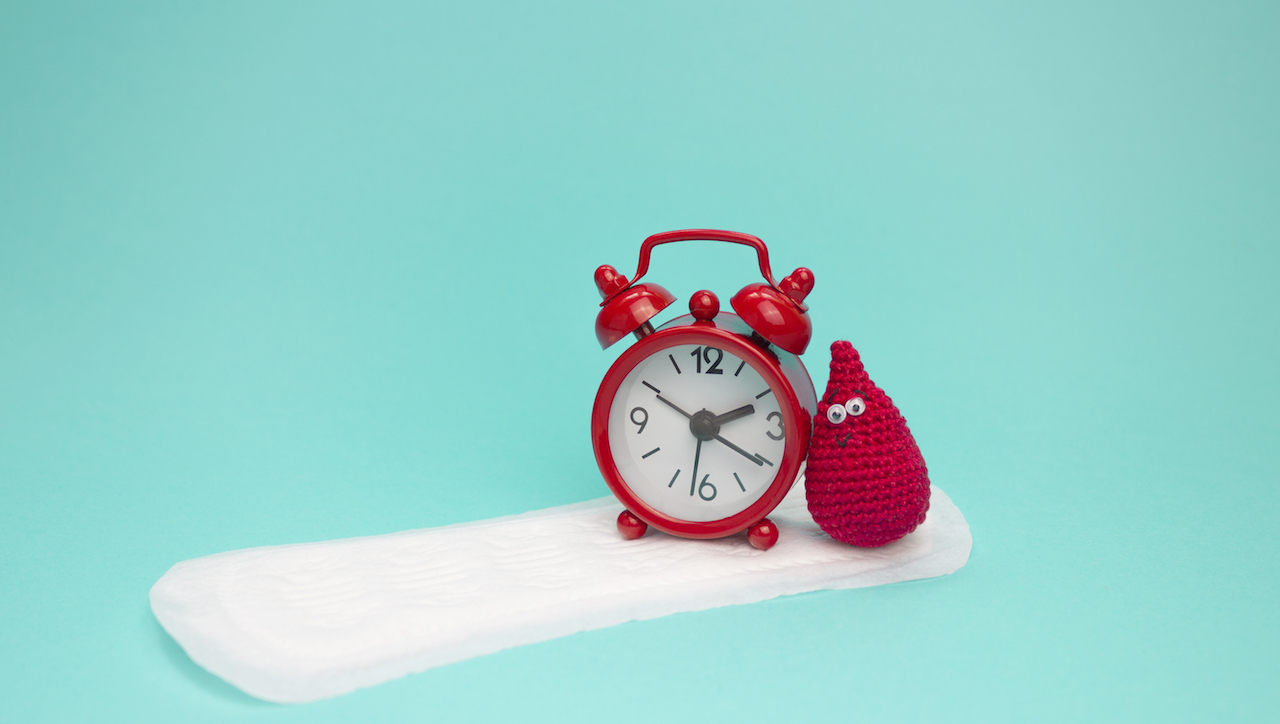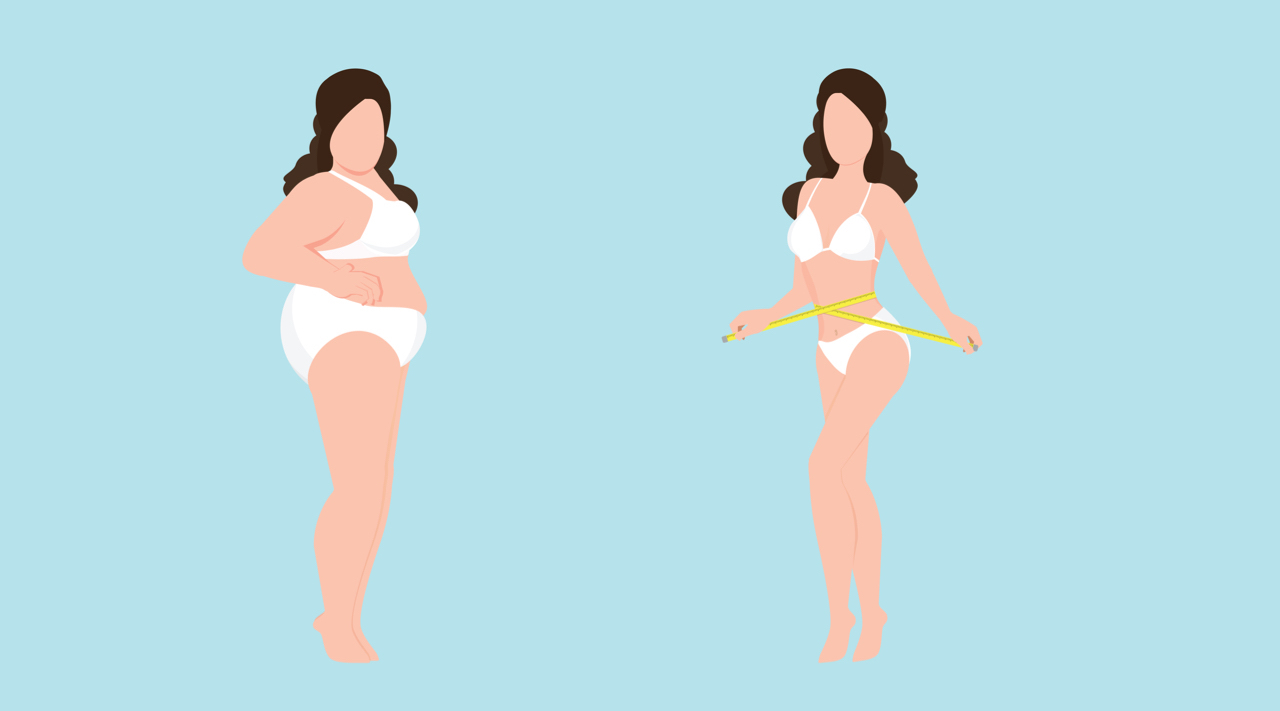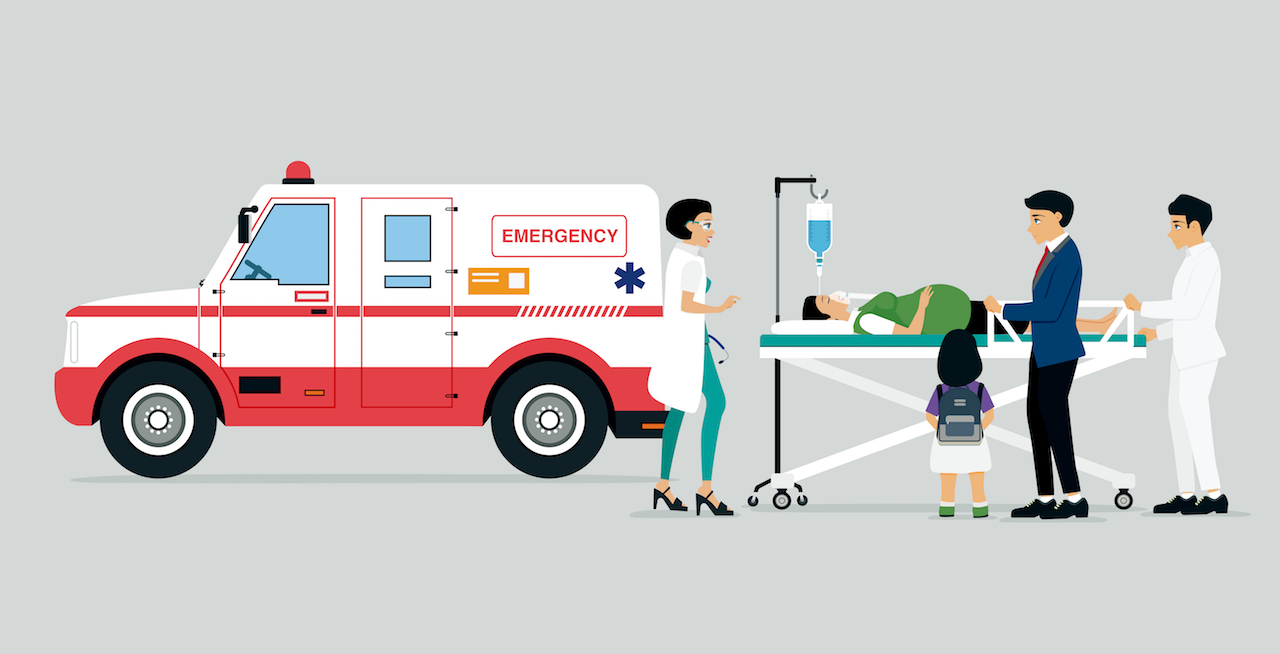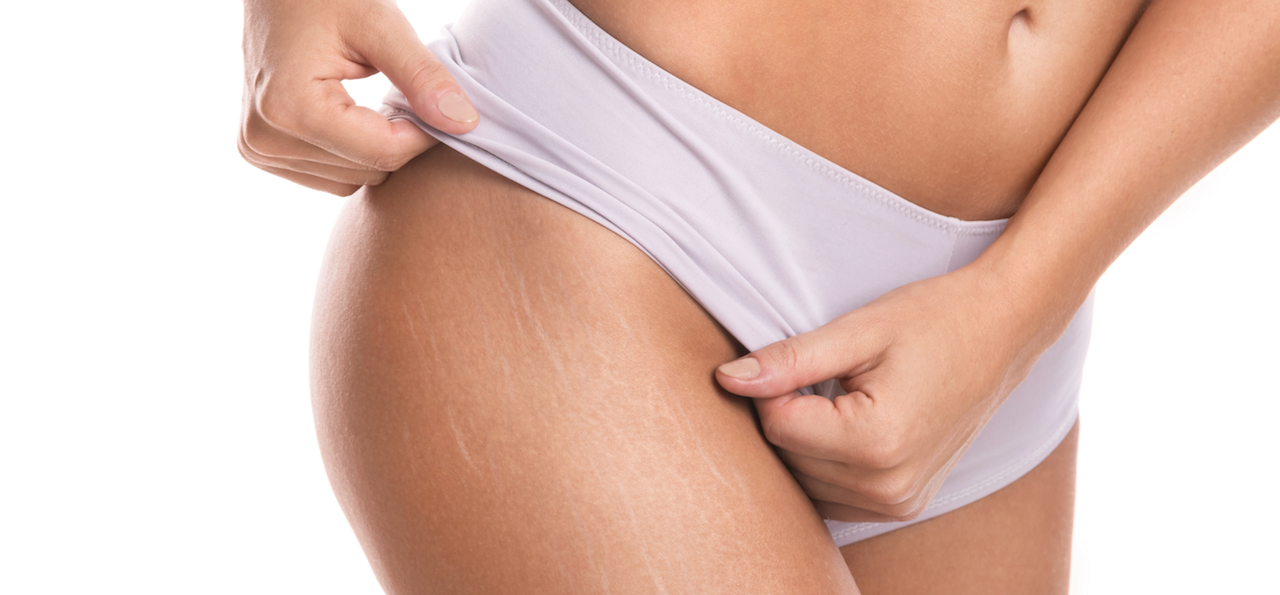Being a new mother can be scary! Even more so, if you a low milk supply. There are different reasons for this condition, including waiting too long to start breastfeeding, not breastfeeding enough, breast surgery and certain medications. Other factors may include premature birth, pregnancy-induced high blood pressure and maternal obesity.
If you’re struggling with producing enough milk for your baby, here are some things you can try:
Latch on
If your baby has a poor latch, he’ll struggle to remove the milk from your breast. To check that your little one is latched on properly, make sure his mouth is open wide enough before he attaches to your breast. Check that his tongue, bottom lip and chin touches your breast first. Once attached, see that his chin is touching your breast and his nose is free so he can breathe easily. Once your baby latches properly, your body will easily produce more milk.
Breastfeed, breastfeed, breastfeed
Think of breastfeeding as supply and demand. The more milk your baby wants, the more milk your body will make. In the first few weeks after your baby is born, you should be breastfeeding at least every two to three hours. If more than three hours have passed since the start of your last feed, wake your little one up to feed. The number and length of feeds will naturally increase your milk supply.
Power pump
Another way to increase your supply is with the help of a breast pump. A breast pump is a manual or electrical device that helps you extract milk from your breasts. The more you empty milk from your breasts, the more milk you will make. Aim to pump after every second breastfeeding session for about 15 minutes. The additional suction will send a message to your body to make more milk.
Revitalise yourself
A healthy mom means a healthy milk supply. Stress, tiredness, smoking and a bad diet can all affect how much milk you’re producing. Identify your bad health habits with the help of your doctor and make some changes! Looking after your own health will help increase your milk supply, naturally. Also, remember to drink lots of water to stay hydrated while breastfeeding.
Change it up
To build a strong supply of breast milk, feed your baby with both breasts. If you feed with just one breast more than the other, one breast may become larger. Remember to take turns feeding with both your breasts for your comfort and to ensure that you have more than enough milk in both of them.
Ditch the formula
Offering your baby milk formula instead of your breast all the time may seem like you’re helping yourself, but it may decrease your milk supply. Not only will you produce less milk, but your baby may stop early and refuse your breast. Avoid using formula as far as possible to keep a regular breast milk supply.
References
- https://www.webmd.com/parenting/baby/ss/slideshow-increase-milk-supply
- https://www.verywellfamily.com/naturally-increase-your-breast-milk-supply-431842
- https://www.bellybelly.com.au/breastfeeding/how-to-increase-milk-supply/
- https://www.refinery29.com/how-is-breast-milk-made-production
- https://www.babycentre.co.uk/x553877/how-will-i-know-if-my-baby-is-latched-on-correctly

